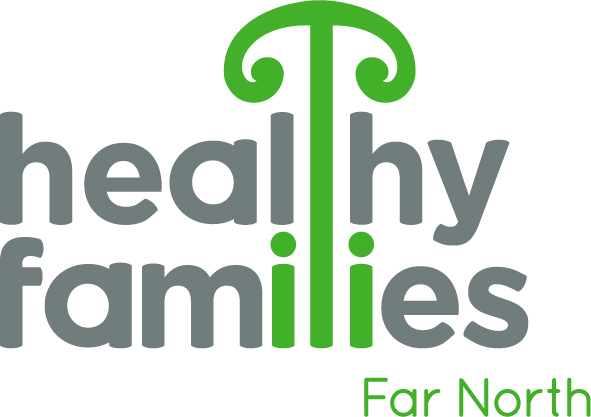Imagine a town where many of its public green spaces are used to grow kai. A place where anyone can harvest free of charge. Tamariki are becoming kaitiaki of te taiao and whānau are stopping in at their local park not just to play, but to pick up some fruit and vegetables too.
It’s an ambitious goal, but it’s one that Kāeo locals are planting one seed at a time, starting with a new feature set to be placed at Whangaroa’s community playground.
‘The Sowing Machine’ is the latest iteration of the Tupu Tahi kaupapa; a prototype designed by whānau to grow fresh healthy kai. Stocked with seasonal seeds, potting mix, and recycled paper cups, tamariki can plant the seeds to take home to their own māra kai or keep them in the Sowing Machine until they are ready to plant in the local community garden.

Living by the Kāeo motto “small town, big spirit,” Lead Systems Innovator of Healthy Families Far North, Paul Condron, says it’s one small step towards building a food secure and resilient Whangaroa, by making changes to key community settings to improve the health of our people.
“Most of us want to have our own gardens, we want to spend more time together and we want more safe spaces to play and enjoy together,” he said.
“This is something our whānau have come up with to get locals more engaged in their community, to raise awareness about how food is grown and to have a future where whānau have access to healthy kai right outside their doorstep.”

The Whangaroa region has a rich food history. Pupuke is well known for its fertile soils, Kāeo for their freshwater mussels (which the town takes its name from) and the coastal region, including Whangaroa harbour continues to be a bountiful place for kai moana.
However, Covid-19 has raised many questions around food systems – crisis or no crisis – meeting the needs of small rural communities, and whether our current systems can continue to serve and keep us secure with safe accessible kai if and when we are faced with external shocks such as natural disasters, economic challenges and upheavals.
Condron says people who have been excluded from our human designed systems should be able to realise their own reality and make decisions on how these systems could better support their collective health and wellbeing.

“What we’ve been hearing from whānau is that there’s lost knowledge on how to grow your own kai, how to work the gardens, how to maintain them and so we hope this will unearth budding kaitiaki in the rohe by guiding and educating tamariki, allowing them to be curious and to explore through play.”
“What started off as an edible playground almost three years ago, the vision has really transformed into something that whānau and tamariki in particular are engaging with. Our tamariki are our future and so we want them to understand where our kai comes from, to have a better relationship with our taiao, but we also want them to have fun doing it.”
Key partners have recognised the potential of this kaupapa with funding from Tu Manawa Active Aotearoa, Bunnings Kerikeri supplying paint, seeds and potting mix while Sport New Zealand and Sport Northland have also had an onsite walk through, to understand the whakapapa and vision of the Whangaroa community.
The co-design team, made up of community leaders, whānau members and tamariki of all ages, are putting the final touches on the Sowing Machine, including a self-contained water system, before installing it at the Kāeo playground where it will call home for three months.

Playgrounds are a place of learning, a place where whānau come to spend time together, and now it can be a place where they can sow some seeds and take pride in growing their own kai, he added.
“Success for me is seeing our whānau using it, people messaging asking for more seeds or more water and having other communities asking us to replicate it at their local playgrounds.”
“At the moment, it’s putting a smile on peoples faces and if it’s making a positive impact on the lives of our community, small or big, we hope we can evolve it into another prototype or an end product in the new year.”
